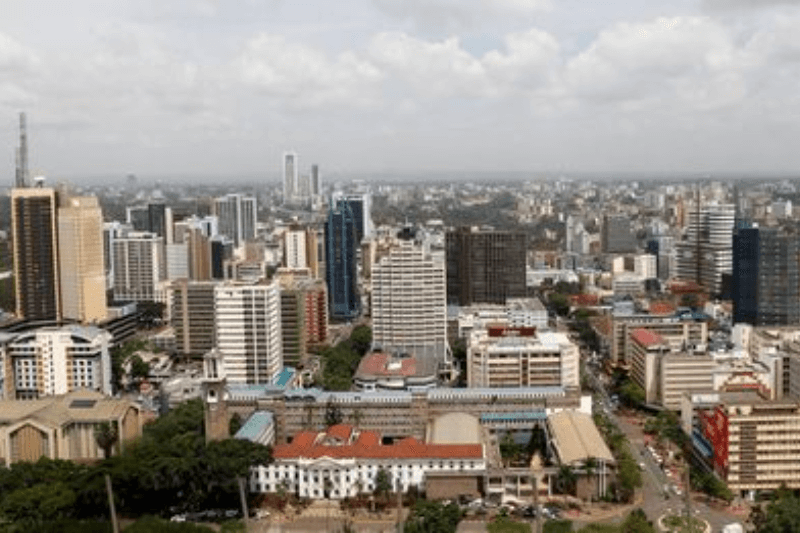In July, inflation in Kenya fell to 4.3% year-on-year, compared with 4.6% the previous month. The index for food and beverages fell by 0.5% between June and July, according to the country’s national statistics office.
July’s result represents the lowest rate of inflation since September 2020 and surprised the markets to the downside.This figure is mainly due to a lower increase in transport prices. A stronger year-on-year shilling further slowed price growth. At the same time, pressure on housing and utility prices has accelerated.
As a result, the trend is slightly downwards, with annual average inflation standing at 6.0% in July (June: 6.2%).
Finally, consumer prices fell by 0.21% in July compared with the previous month, after rising by 0.42% in June. July’s result is the lowest since June 2020.
It also reports that the index for housing, water, electricity, gas and other fuels also fell by 0.4%, with prices for 200 and 50 KWh of electricity and paraffin down by 9.4%, 4.4% and 0.8% respectively. The government is targeting an inflation rate of between 2.5% and 7.5% in the medium term.
Keep Reading
Shani Smit-Lengton of Oxford Economics commented:
“While the government has yet to confirm whether it plans to implement any of the taxes in the Finance Bill, we believe the Bill would avoid taxes related to food (33% of the CPI basket) and potentially fuel (10% of the CPI basket). As a result, core inflation could come under upward pressure if certain taxes, such as the sin tax, are implemented. Taking all these factors into account, we have revised our core inflation forecast upwards, but given the strength of the shilling in the second quarter, core inflation is starting from a lower base.”
On August 6, the central bank is scheduled to announce its final decision on the lending rate.

